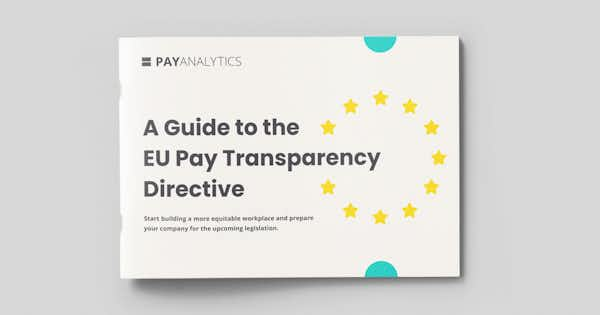Cómo prepararse para la Directiva europea sobre transparencia salarial | Obtén nuestro E-book gratis

What you need to know: Expansion of WGEA pay gap reporting in Australia
Reforms to Australia’s Workplace Gender Equality Agency (WGEA) have expanded the scope of pay gap data reporting. By 2025, new reporting requirements will lead to personalized pay gap reports for each employer.
The Workplace Gender Equality Amendment (WGEA) and pay gap data reporting in Australia
For over a decade, many Australian employers have been reporting workforce composition and pay data to the Workplace Gender Equality Agency (WGEA). In March 2023, WGEA underwent reforms to expand its scope and help close the gender pay gap in Australia. Over the next two years, a series of expansions will take place in WGEA reporting. In turn, the agency will begin publishing pay gap information for each individual company.
These reforms were implemented to accelerate the slow pace of progress on pay equity. Reformers hope that this personalized data collection and reporting will promote transparency and accountability.
Who do these pay gap reporting requirements apply to?
The law will apply to all private-sector employers, who are already required to report data to WGEA. It will also apply to Commonwealth public sector employers with 100+ employees.
What are the key requirements of WGEA’s expanded pay gap reporting?
The first new requirement comes into effect in 2023. Late in the year, WGEA will provide Executive Summary Reports and Industry Benchmark Reports to employers. These reports will contain broad industry data on pay equity, and employers will be required to share them with their board.
In 2024, WGEA will require additional information in their annual reporting.
- Questions that are currently voluntary will become mandatory, like employee age and work location and CEO and manager remuneration.
- It will be mandatory to report on any sexual harassment and harassment or discrimination on the grounds of sex.
- Large employers (500 or more employees) need a policy/strategy in place for the six Gender Quality Indicators.
In early 2024, WGEA will calculate and publish pay gap information for each private sector employer. Then, in late 2024 or early 2025, the agency will start doing the same for Commonwealth public sector employers.
To support employers in meeting these sharing and reporting requirements, the WGEA has stated that it will provide regular communication with employers. This includes emails, social media updates, webinars, and other resources.
How PayAnalytics can help with pay gap reporting in Australia
PayAnalytics is a holistic pay equity solution used in over 75 countries by companies of all sizes. The platform makes it easy to move towards greater pay equity: After you upload some workforce and pay data, the platform calculates your pay gap and suggests targeted actions to shrink it or close it completely.
Designed by data scientists and built for the real world, PayAnalytics features a user-friendly interface and requires minimal setup time. It can also work with budget limitations, calculating its raise suggestions to close the pay gap incrementally over a few years.
Australia’s WGEA pay gap reporting reforms are part of a global shift in pay equity requirements: more nations worldwide are implementing pay equity reporting requirements for organizations of all sizes. And increasingly, employees are attracted to organizations that demonstrate a commitment to pay equity.
This means that whether you’ve been on your pay equity journey for a while or are just getting started, there’s never been a better time to take action. PayAnalytics is ready to help.
Ready to learn more about how you can achieve pay equity?
Get in touch; we love to meet new people. If you’re not quite ready, have a look at our overview article to learn more about fair pay worldwide.
La información de esta página no pretende servir ni sirve como asesoramiento jurídico. Todo el contenido, la información y el material de este artículo son solo para uso informativo general. Se advierte a los lectores de que esta información, jurídica o de otro tipo, puede no estar actualizada.





